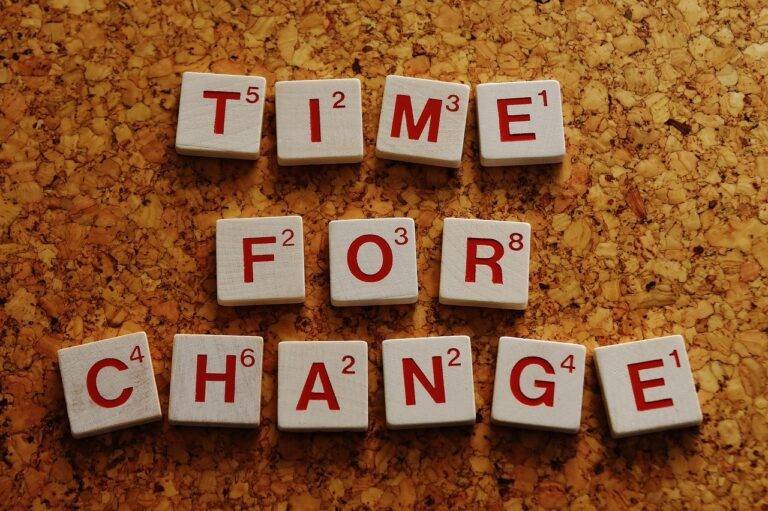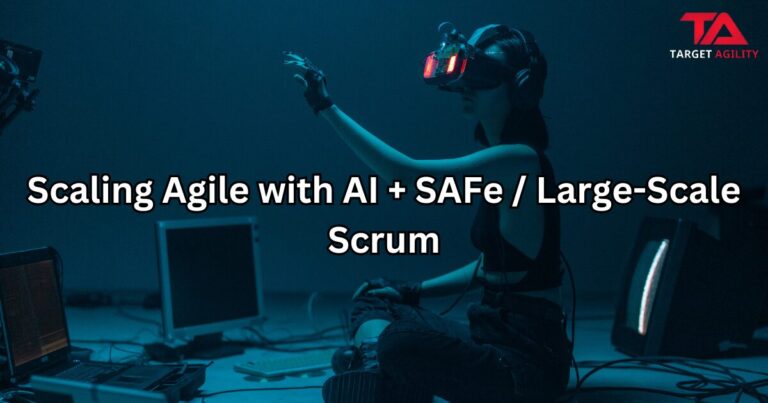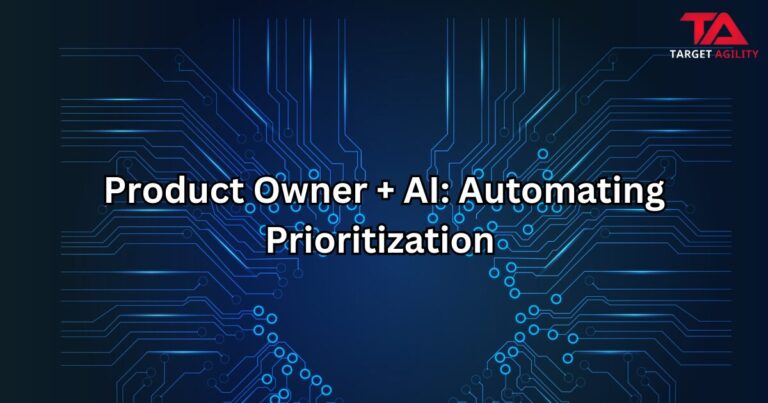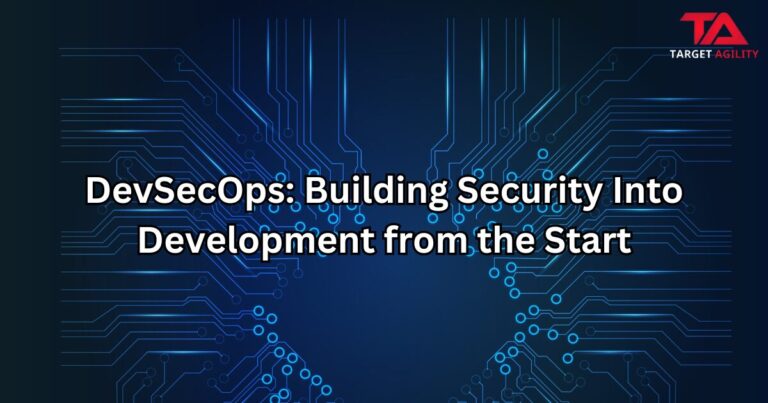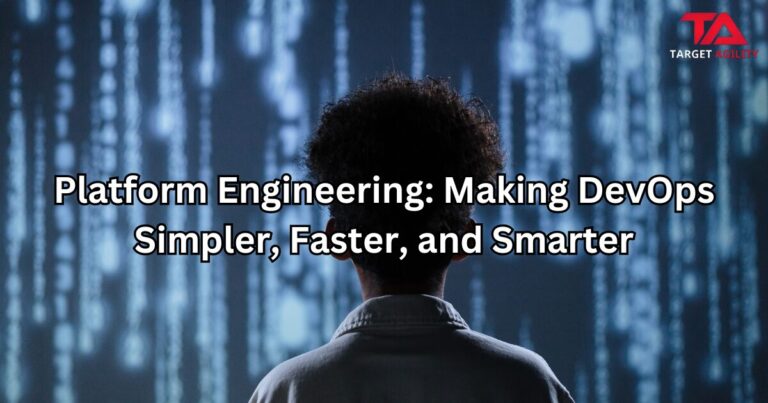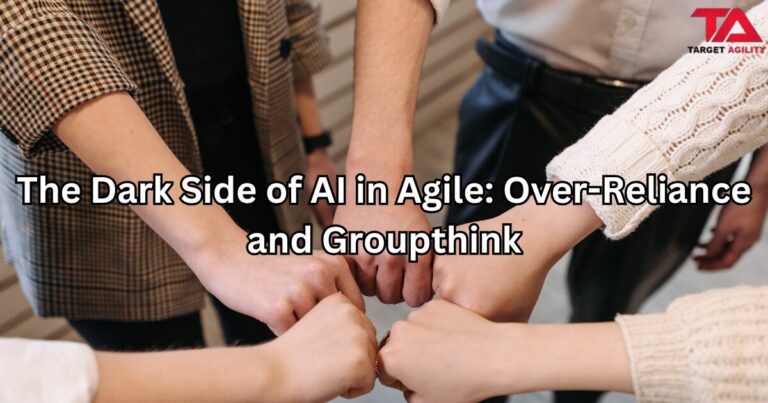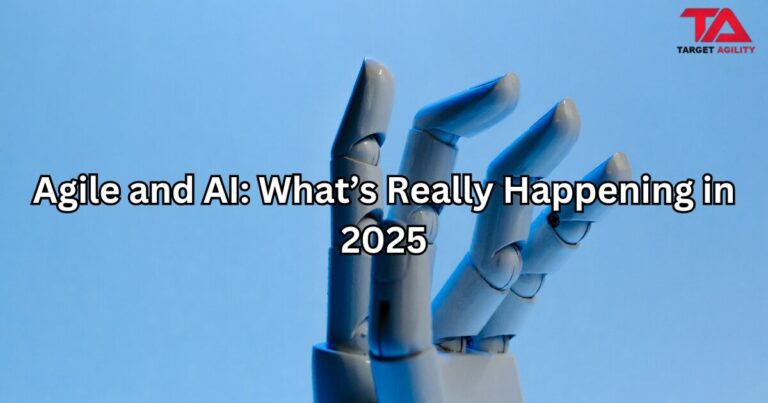Have you identified your barrier point?
My father was a chain smoker. He was very well Aware of the ill-effect of smoking and how it was leading him toward the inevitable.
Each time he was hospitalized due to SOB, he underwent tremendous pain being put on a mechanical ventilator. But each time he returned back to home, he would pick up a pack and get back with his habit. He made it clear to everyone that he did not have the Desire to quit smoking. Not that he did not have Knowledge of ways to quit or alternative to smoking. He had tried nicotine patches, gums, e-cigarettes, etc. and he had even demonstrated his Ability to not smoke for weeks at a time. But his strong desire to smoke led to relapses even though he knew his life was the biggest reward which should Reinforce him into the new and good habit.
I learnt something – because he could not overcome his desire, his knowledge and ability to quit smoking was of no use. Knowledge and ability cannot come before desire. And that desire cannot come before awareness. In fact, there is a lifecycle where each element falls into the natural order of how one experiences change. I learnt A.D.K.A.R.
- Awareness: What is the nature of the change and what is the risk of not changing?
- Desire: What is in it for me to take a personal choice to engage and participate in the change?
- Knowledge: Do I have sufficient understanding and training on how to bring this change?
- Ability: Have I been able to demonstrate the capability required to bring that change?
- Reinforcement: Are the reward and recognition in place to sustain the change?
ADKAR is an individual change management model where every element must occur in sequence and they are cumulative for the change to be sustained. When an element early in the model is weak, then the change begins to break down. Identifying a “barrier point” is essential.
My father had “Desire” to quit smoking as a barrier point. In that case, neither repeating reasons for the change was adequate, nor was building new skills on quitting. The focus should have been toward addressing the inherent desire to change and its positive or negative consequences.
Every change has a different “barrier point”. Finding your barrier point can help you diagnose why a current change is failing and focus your energy and conversation on the area that will most likely produce progress and ultimately success. For your change journey, have you identified your “barrier point”?


